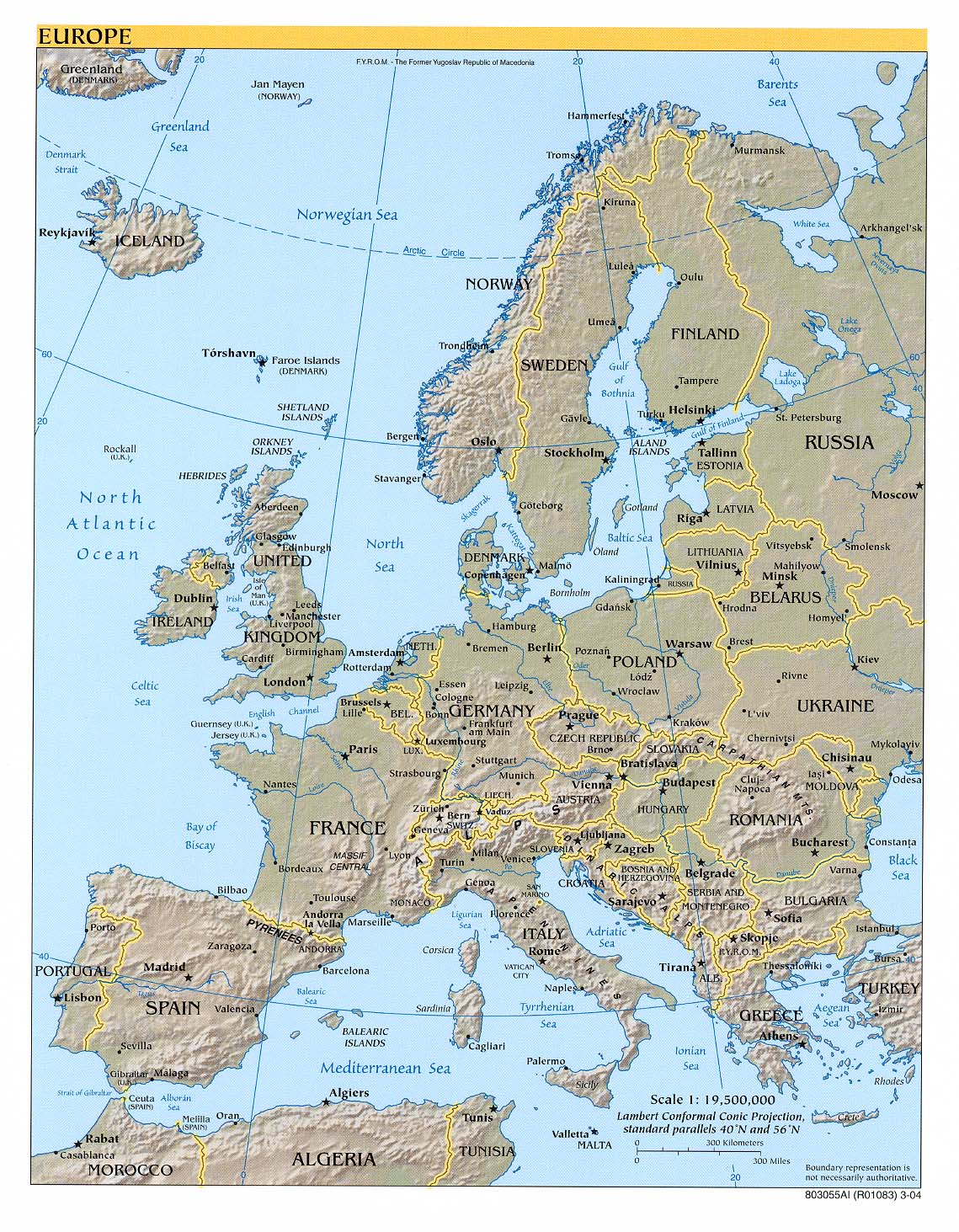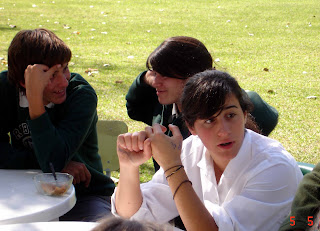
In my article I've tried to share the information I have about the International Baccalaureate and its Diploma Programme, and everything I have been experiencing with the purpose of encouraging young entrepreneurs to immerse themselves in this amazing syllabus.
The International Baccalaureate was founded in Geneva, Switzerland in 1968 with the original purpose of making it easy for students to prepare for university by teaching them some sort of curricula recognized by them. Nowadays the programme has been applied in 128 countries all over the world with 2.319 IB schools and more than 616.000 students.
In Argentina there are forty-three schools teaching the IB Diploma Programme. In the north-west area of the country there are only two, ‘Colegio Santa Rosa’ in Salta and ‘Colegio San Patricio’ Yerba Buena, Tucumán, where I attend.
For the school to be authorized as an IB member, it has to go through a process based on two phases which may take two or more years. San Patricio was authorized in 1988 and the programme is taught by teachers that have developed the IB profile through courses the IBO offers regularly and on the Internet. They can also become exam moderators or workshop leaders.
The International Baccalaureate Diploma is a two year curriculum aimed at 16-19 year old students; it is worldly recognized by the most important universities, in Argentina around forty universities do recognize it. During the learning process students are not only taught facts but to think on their own and develop their own judgement.
The curriculum consists of the study of six areas of knowledge represented in this hexagon:
 Apart from the six major subjects you’re also required to send an extended essay, theory of knowledge monography, and a creativity, action and service (CAS) paper.
Apart from the six major subjects you’re also required to send an extended essay, theory of knowledge monography, and a creativity, action and service (CAS) paper.
Towards the end of the programme the students sitting for Diploma are assessed in nearly all subjects, both internally by school teachers whose mark is then overseen by other teachers around the globe; and externally in which student are evaluated by international IB teachers from abroad or works are sent out f the country to be corrected by foreign teachers.
For further information visit the official website:
www.ibo.org/diploma
I have had some problems in the past to decide whether I should study the IB Diploma programme or not. It was pretty hard for me to arrive at the right decision by myself, so I decided I had better do some serious research; first at school with teachers and with other students. I also looked up information on the internet. But research would not make my decision any easier, for I had a personal experience missing, either positive or negative about the educational offer.
I finally concluded I should sit for the exams, but it was not any easy for me to decide if I should do it or not, that motioned me to write this article and try to encourage people to do it too. It is true, sometimes people are afraid of ‘the unknown’, and they decline doing new activities because they ignore and prefer not to explore what they don’t really know. Another impulse I felt at the moment of writing this article was the necessity to share the experience I am going trough, and maybe try to convince young kids, just like me, to take a chance, make the effort and go through this wonderful experience I am going through today, which I will never forget.
It is true though that if you sign up for the programme you will have to dedicate most of your time to the six subjects you will sit for. It is also true that someday soon that hard work will pay off because you will realize you have learnt to think, and you will have widened your mind.
The Diploma Programme is one of the best investments you can ever make concerning your education; GET READY TO TAKE THE NEXT STEP, a whole fresh new start, UNIVERSITY, feel how great it is to have some important foundations to start that new scary phase in your life.
For the last two months of my life, I have been working within the programme, I have noticed how different and better the education I was receiving was, and how some day it will surely make a difference.
SOME USEFUL TIPS:
• Do not ever feel incapable; you’re always a lot more capable than what you give yourself credit for.
• Bear in mind you will have to take great responsibility of managing your times. Use it as well as you can. That’s the key to get things done.
• Last but by far not least, DON’T EVER GIVE UP!!! Just keep trying, and you’ll always find the way to success!!!
GUILLERMO FUENSALIDA -- http://www.elbote91.blogspot.com/



































